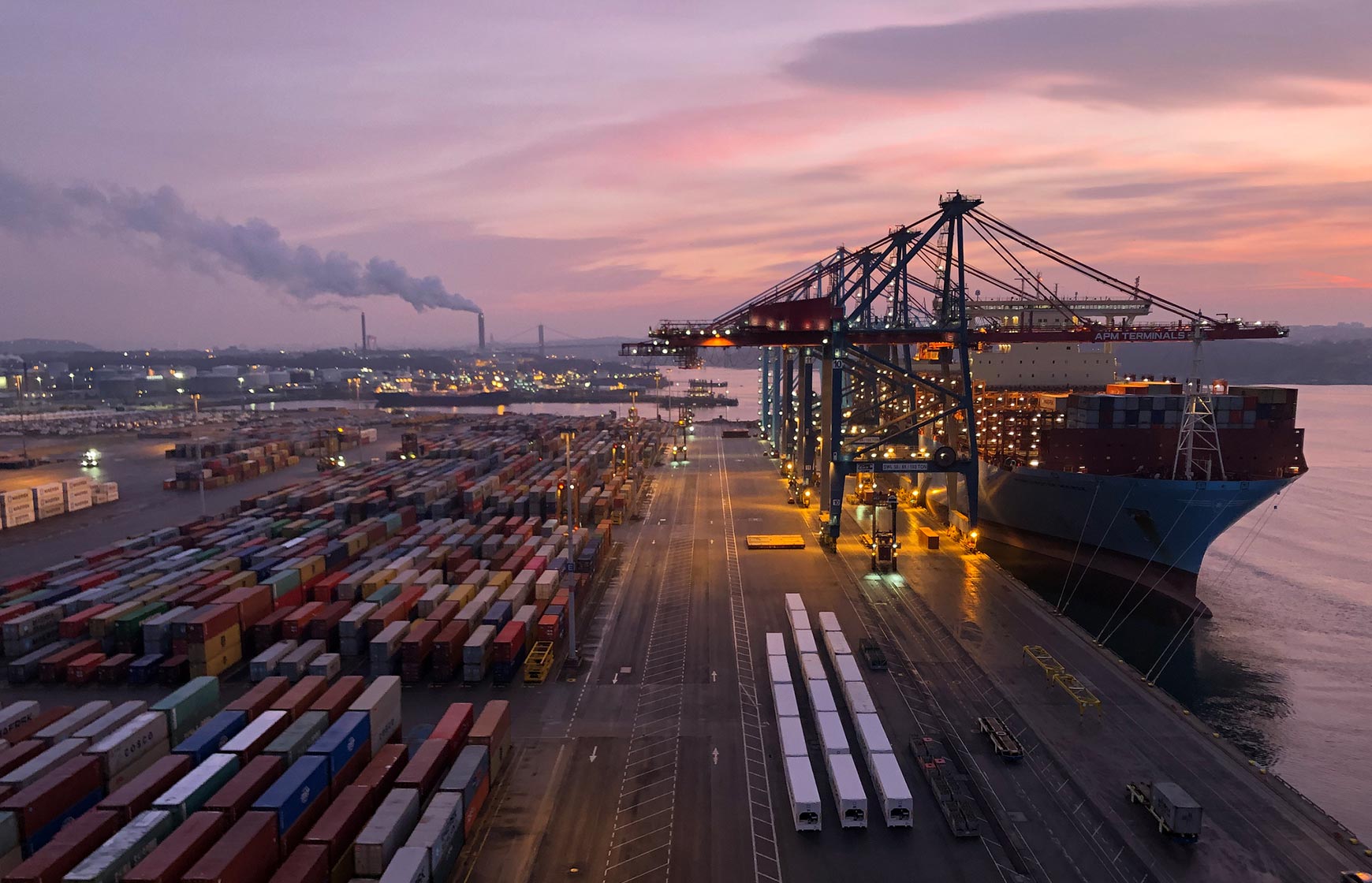
27/09/21
How Swedish ports will manage the future of logistics
Ports with a lot of flexibility, balanced flows and favourable logistical locations will do the best, according to brand new figures from Ports of Sweden. APM Terminals Gothenburg investigates the success factors in greater detail here.
The logistics chain remains under great pressure and the Swedish container market is almost stagnant. Some ports are well-suited to the new conditions, while others are finding it far more difficult.
Volume growth equivalent to an entire port
Sweden’s largest container terminal, APM Terminals Gothenburg, is one of the few ports that is continuing to grow in a stagnant market.
'We've grown by 5,000 TEU in the first half of the year compared to the same period last year. The growth can be compared with the total container volume of a medium-sized Swedish port', says Per Wahlström, Market Analyst at APM Terminals Gothenburg.
So what's required to get through the new situation?
To create a good movement in the flows through high capacity and flexibility
Due to disruptions in the global value chain and the high pressure on logistics solutions, ships have come to a standstill in ports around the world. Ships end up behind schedule, which causes queues, delays and major costs.
'The ships need to be in port for as short a time as possible to free up transport capacity. So, we've made major investments to keep the ships in circulation. For example, we put in extra resources to be able to receive extra visits on a weekly basis. At the same time, we offer very flexible service times, something that's appreciated by our customers', Martin Karlsson, Operational Manager at APM Terminals Gothenburg, explains.
Balanced goods flows create access to empty containers
A good balance between import and export flows increases transport capacity for export companies and mitigates major costs and delays.
'At APM Terminals in Gothenburg, like all other ports, we've naturally faced major challenges as a result of the global pandemic. One major advantage, however, is that we receive and manage a balanced flow of imports and exports. By receiving imports, we make room for export goods as the containers are constantly in circulation and being reused. This has been a major benefit for our export customers and for the entire country’s economy', says Magnus Lundberg, Commercial Manager at APM Terminals Gothenburg.
Favourable logistical location
The Port of Gothenburg is known for having Sweden’s best logistical location. Nearly half of the country’s total import and export goods are shipped here via APM Terminals Gothenburg.
'As part of Sweden’s largest cargo hub in the Port of Gothenburg, APM Terminals is close to the major hubs on the continent. The excellent logistical location, combined with our efficient handling, means that the ships can quickly return to the continent after leaving their cargo in Sweden', Magnus Lundberg concludes.